Advances in technology, such as digital and cloud-based business management solutions, have opened up an array of opportunities for the construction industry.
The industry that has traditionally faced such challenges as project delays, cost overruns, health and safety compliance, or poorly coordinated activities and resources is now boldly embracing the innovative digital ways of working which speed up business strategy, optimize processes and boost performance.
A tough industry with a digital challenge
Construction is a tough industry that demands a lot of effort, precision and concentration.
And when it comes to the industry’s projects – they are big and complex. Multimillion-pound assets, numerous staff and a large network of subcontractors, suppliers and partners – everything needs to be under control.
Today, as global competition becomes fiercer, the pressure to deliver successful projects on time and within budget is increasing.
Yet, there is an even more serious challenge for the sector! It lags behind in the adoption of modern technology. According to a report by McKinsey Globe Institute, only a couple of years ago construction was the second least digitalized sector in the world.
Luckily, the construction industry has started to radically improve its relationship with the digital world.
By moving away from largely manual processes and legacy systems, the sector is now adopting more effective ways of working. Digital solutions, such as CRM, help to drive more efficient, sustainable and safer construction projects, design more efficient business processes, as well as offer a greater customer experience.
So, how exactly have successful construction managers adopted technology to better manage their projects and assets?
Here’s five ways construction companies are using SuperOffice CRM to turn their business, projects and customer processes around.
1. Greater control of project phases and participants
According to Harvard Business Review, all projects, large and small, go through the same four phases of project management: planning, build-up, implementation, and closeout. Even though each phase has its own distinct qualities, they tend to overlap.
For example, you’ll typically start planning a project with a ballpark budget figure and an estimated completion date. Once you move into the build-up and implementation phases, you’ll define and begin to execute the details of the project plan. This will give you new information, so you’ll revise your budget and the end date. In other words, you will do more planning as you get a clearer understanding of the big picture.
Therefore, having a complete overview of the project as your milestones, blueprints, and budgets evolve is critical for successful project management.
When projects are large and complex and involve a large number of customers/suppliers/partners – which is typical for the construction industry – centralizing all documentation and communication in one place becomes even more important.
With SuperOffice CRM Project you can create projects that will give you easy access to and visibility of all the activities, participants, customer requests, sales, documents, quality systems or accounts belonging to a project – all in one place.
And with numerous app integration options, you can connect SuperOffice CRM to other systems, such as ERP, to make sure all relevant financial and managerial information is saved. Or connect to external databases to import relevant project- and sales-related information on upcoming construction initiatives. Other integrations can help you automate the filing of the documents and activities in folders and sorting them based on type.
SuperOffice Project gives you a real time 360-degree overview of what’s going on. You are able to drill down to the company level to see all contractors, subcontractors and suppliers at different stages of the constructions chain – helping you maintain a better understanding of the players in the sector and nurture relationships in your wider network.
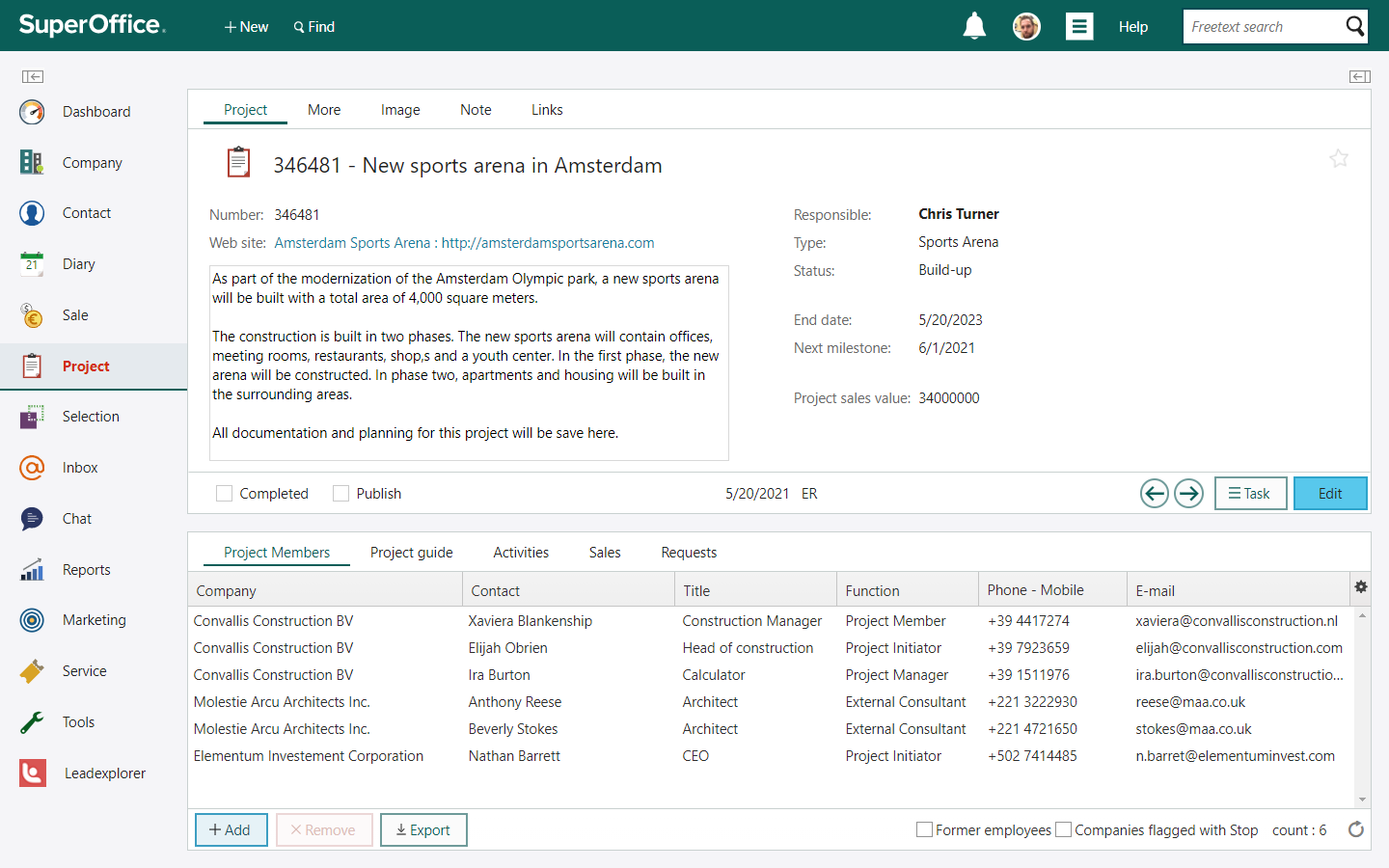
Image 1: With SuperOffice CRM projects you will always have a 360-degree overview of your projects and all the stakeholders.
2. Better resource management for optimal utilization
Construction projects generally include heavy-duty tools, equipment, high volumes of products and materials, as well as human resources.
Often, it could be tricky to stay on top of all these components, and at the same time juggle between meeting the project’s objectives and satisfying customer requirements. Moreover, you have to make sure the project stages start and finish on time, there is adequate and timely supply of resources, and they are utilized with maximum efficiently.
Without centralized resource management, projects may not only fall behind schedule, but even become unprofitable.
Key to resource management is real-time visibility of:
- what resources are required,
- what resources are available,
- where resources are located, and
- the ability to allocate and schedule those resources accordingly.
For that – you need a proper resource management system.
SuperOffice CRM Diary can give you just that.
Once you register all your resources into the system you will be able to see exactly what they are doing and where, and plan and book utilization smartly.
The diary combines the functionality of a typical calendar for registering appointments with the ability to book a piece of equipment such as an excavator or a van, or a particular engineer even.
You can even create custom calendar views for specific resource groups making it even easier to check utilization and availability of equipment or workers.
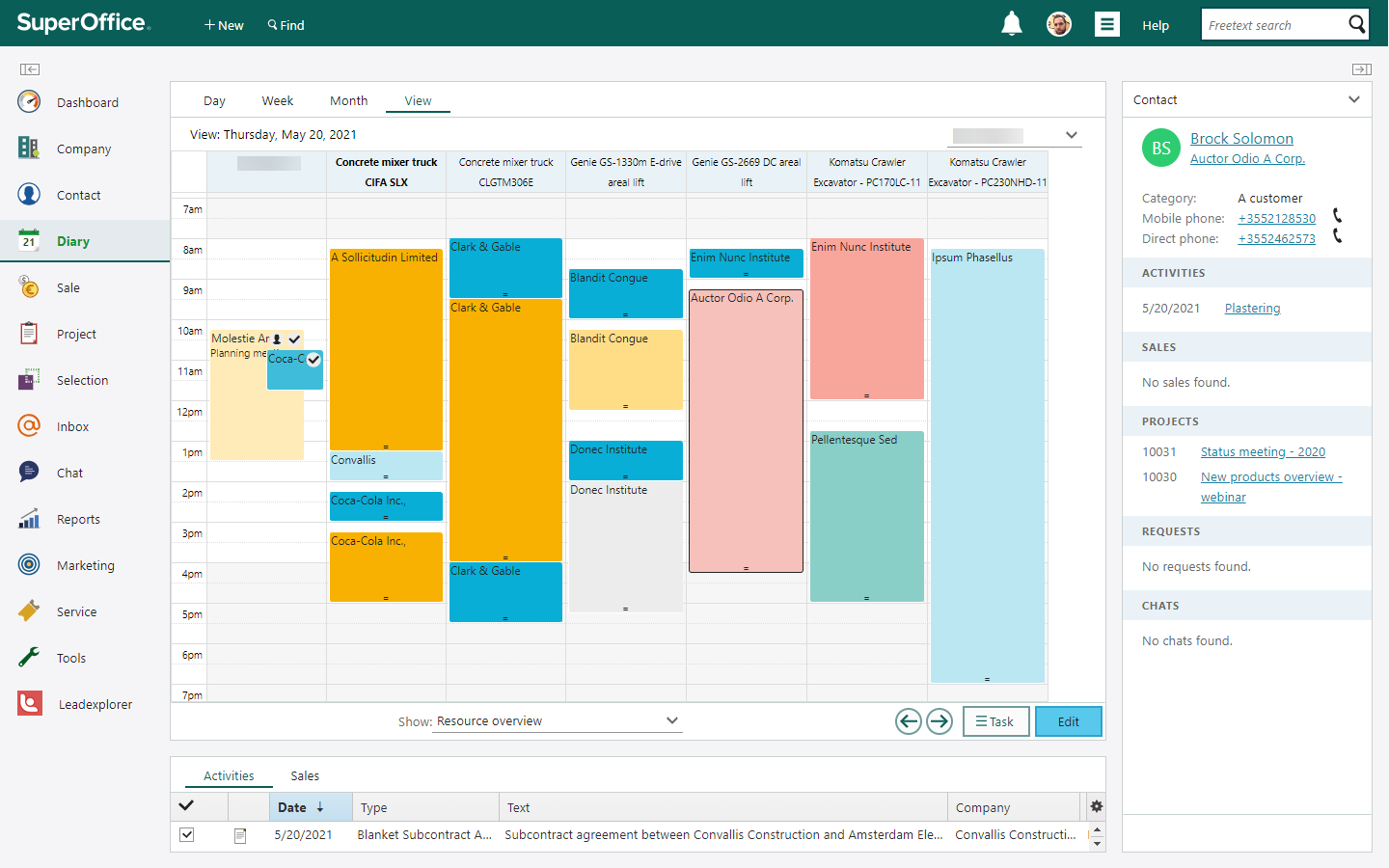
Image 2: Always have an overview of your resources to ensure optimal utilization.
3. Ensuring best practices with guides and templates
Construction projects are large and complex. They involve a host of different stakeholders and many phases.
Naturally, there is a high chance that tasks may slip through the cracks and go unnoticed.
Whether you are the main contractor, or one of the many suppliers, the last thing you want is to have a delay that results in expensive machinery and manpower left on standby until things are rectified. Or, worse, be held liable for non-compliance issues.
One way to manage this is to have a step-by-step process that will ensure best practices and compliance are always at the fore.
Start by clearly defining stages and milestones that both correlate with your project development from start to delivery, and that your entire team understands and is on board with. Then, map out the key stages and outline exactly what needs to happen at each stage and provide all the necessary protocols and documentation that will be needed at each phase.
With SuperOffice CRM you can create a project guide that mirrors your processes and your quality manual. You are able to design a digital project guide that:
- incorporates your organization’s best practices;
- ensures your teams are all working in a consistent and structured way and according to regulatory standards;
- provides task instructions and suggests document templates that need to be created and filed at each stage;
- prompts what follow-up activities need to be performed and when.
Without one, you will need to manually track progress to ensure that the right steps are taken at each stage. This will not only take up a lot of your time and energy, but also create bottlenecks for your team – ultimately, slowing down the entire process.
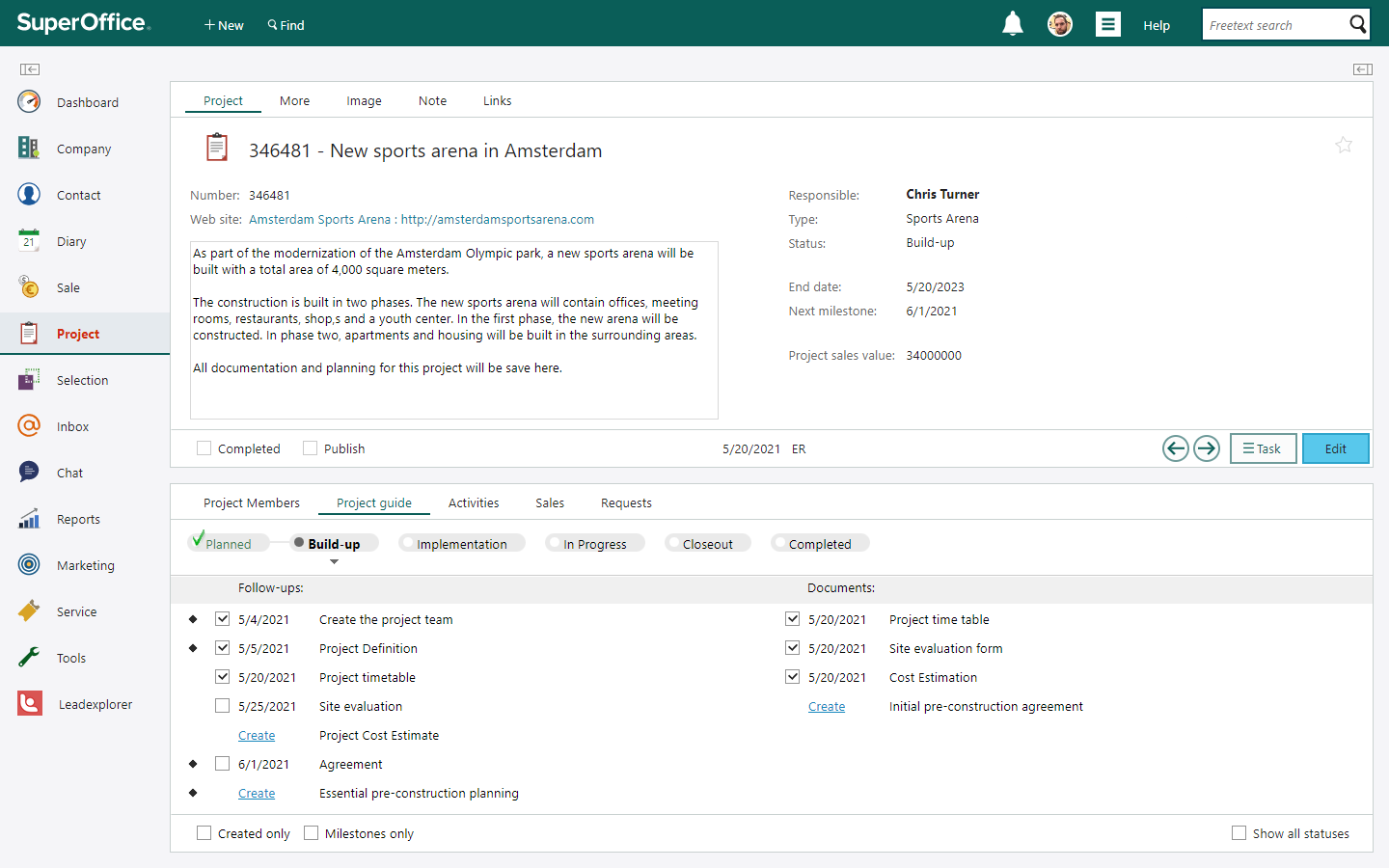
Image 3: Use a project guide to ensure your team and project are in line with regulations and best practices
4. Staying ahead on compliance with document management
Due to the inherent complexity of its projects, it’s no surprise that construction is one of the most heavily regulated industries.
Not only are there contractual agreements between the owner, contractor and subcontractors, but construction firms must also consider building codes, insurance requirements, a sea of safety regulations, and much more.
If even the tiniest regulation is neglected, the entire project can come to a halt and present significant risk to the contractor in terms of penalties, lawsuits, or other unpleasant and expensive conflicts.
A key part of ensuring compliance is documentation. It is important to have a system of record-keeping in place with easy-to-access, correctly versioned documents, in one central location.
Many contractors still rely on physical paper, filing cabinets, and other archaic means of document and data collection. These methods often mean documents take longer to find, they get lost, or, worse, cannot be recovered in the case of a natural disaster or a break-in.
SuperOffice CRM lets you create, save, and retrieve documents directly in the system via the built-in Microsoft Office integration. The solution allows you to store them in the right place automatically, and find and use them at any stage of your project.
Since SuperOffice CRM is a cloud-based solution, it’s not only easy to access and track any document, but also use various app integrations that will manage the file structure and documentation for you automatically.
Also, you are also guaranteed that your documentation is routinely backed up and is accessible on-the-go on any device wherever you are.
Should a compliance issue arise, like a conflict arising from a subcontractor or concerns over whether safety regulations are being consistently followed, you can have the answers at your fingertips in mere seconds.
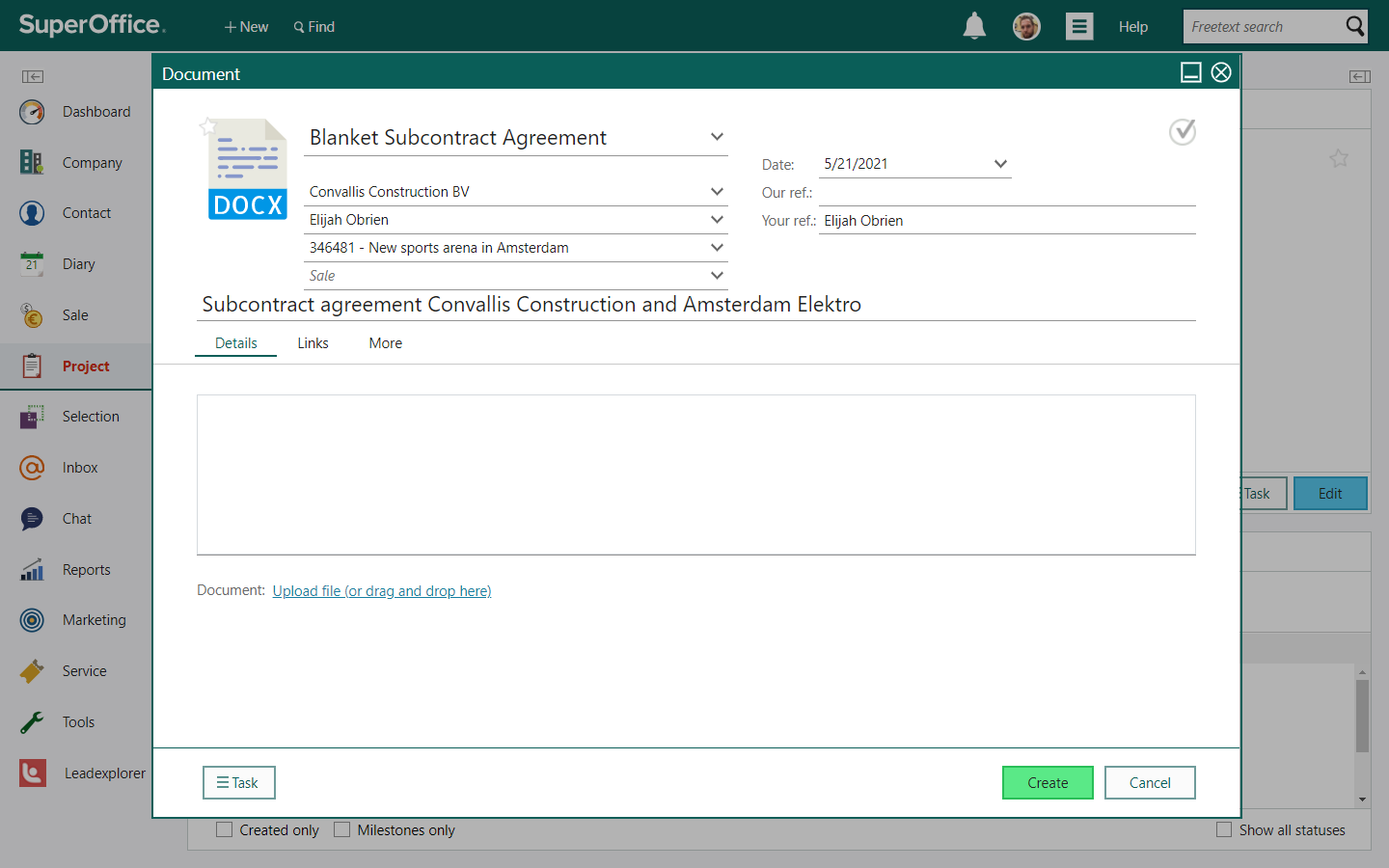
Image 4: Create and manage all your documents directly in your SuperOffice CRM system
5. Better collaboration with effective communication tools
Communication is vital for the successful completion of any construction project.
Since there are so many stakeholders in the construction industry, misunderstandings and, as a result, delays can often occur.
To make sure everyone works like a well-oiled machine, not only do you need to have a set of reliable communication channels to effectively exchange information, but also to systematically gather all conversations in one place.
Phone calls, customer service emails, SMS, live chat messages, and even social media posts – are the channels that clients, partners, suppliers, contractors and subcontractors often use.
Without a systematic approach, information is likely to sit in silos on individual phones or in inboxes. And should someone fall ill or even forget to pass on a message, you’re likely to face major (and costly!) disruptions and delays. Not to mention the time wasted on hunting down the necessary information.
SuperOffice Service offers an automated ticketing system that collects all incoming communication, organizes it, and routes inquiries to the right person.
Whether your partners and suppliers prefer to contact you via chat, SMS, emails, or phone, SuperOffice Service will gather all messages in one place.
Every request is automatically assigned a unique reference number that puts it into a queueing system and tracks all communication related to it. This will give your team access to all the information they need to move forward on a project and get the job done.
And best of all is that it gives you transparency. Different departments across the organization can easily access the same information, which helps to better organize your organizational workflow, as well as ensure better supplier relationships.
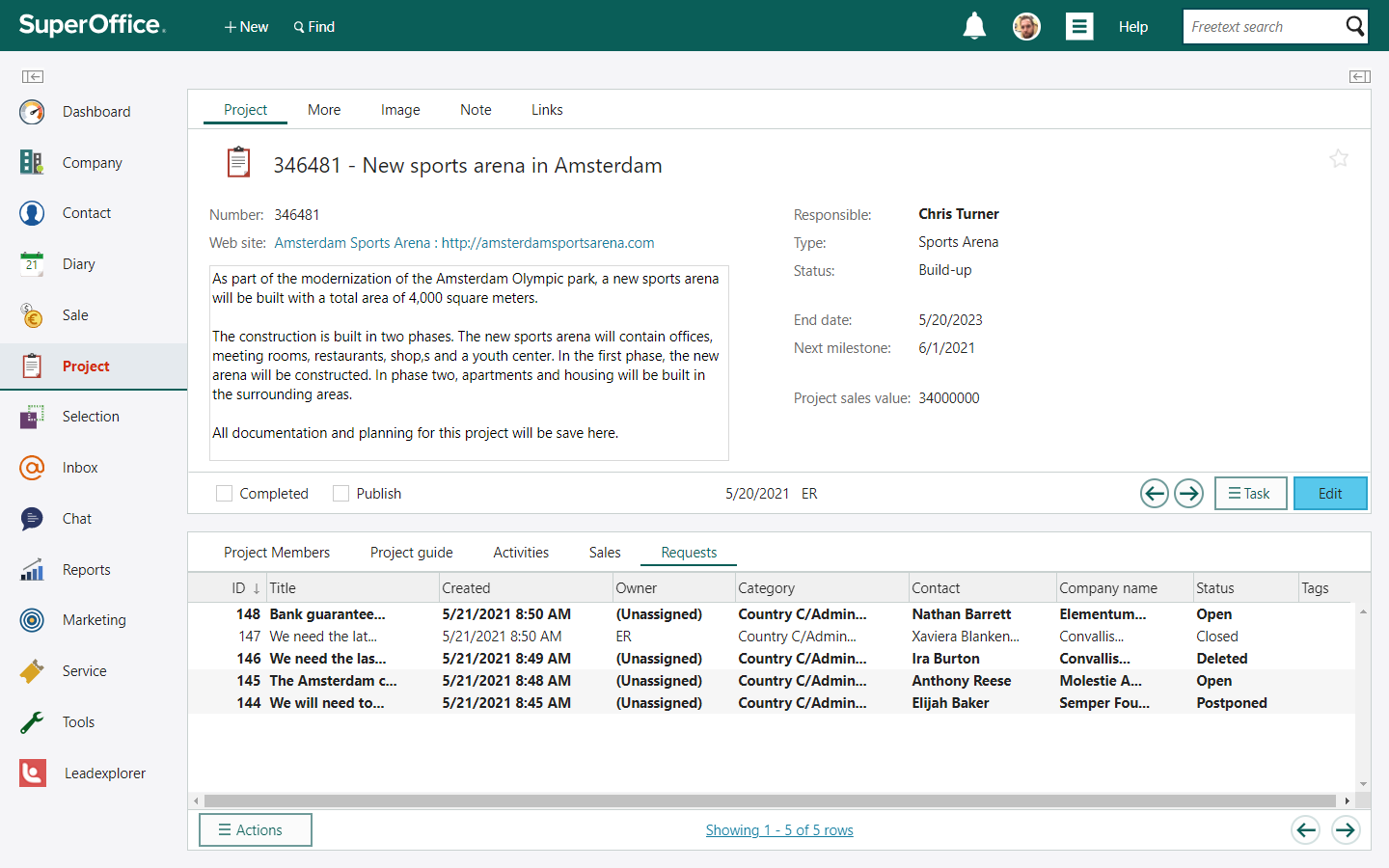
Image 5: All project communication is accessible and documented in a SuperOffice CRM project.
When it comes to outgoing communication, SuperOffice Marketing will help you keep all your customers and partners updated on projects and any status changes.
For example, you can send a mailing to customers and partners to celebrate every milestone passed in the project and to let them know things are on track.
Or if you’re experiencing a delay, you can share the new timeline with one mailing to all project participants or select the specific contractors or suppliers it may impact. That way you will avoid contractors turning up at a site with expensive goods and machinery when you’re not ready for them.
Conclusion
Staying on top of complex projects with many customers and partners is a challenge for many in the building and construction industry.
But a CRM system can help improve not only the project management, but the entire customer journey from the bid to the post-sale.
A CRM system can help companies collaborate and work more effectively with contractors and subcontractors, as well as help them systemize and automate construction processes.
It will provide a comprehensive and transparent overview of key customer and project information – all in one place. With a single click, all company personnel are provided with a complete overview of your customers and their projects.
Further, a CRM can help you manage a fast-changing environment by providing a system that can sort, structure, categorize, and prioritize all incoming communication, as well as automating standard processes.
By leveraging CRM and integrating these best practices, you can successfully deliver projects, reach sales targets, and see your team win more deals.
Book a demo with one of our CRM experts and we’ll show you how SuperOffice CRM can help you achieve your construction project goals.
